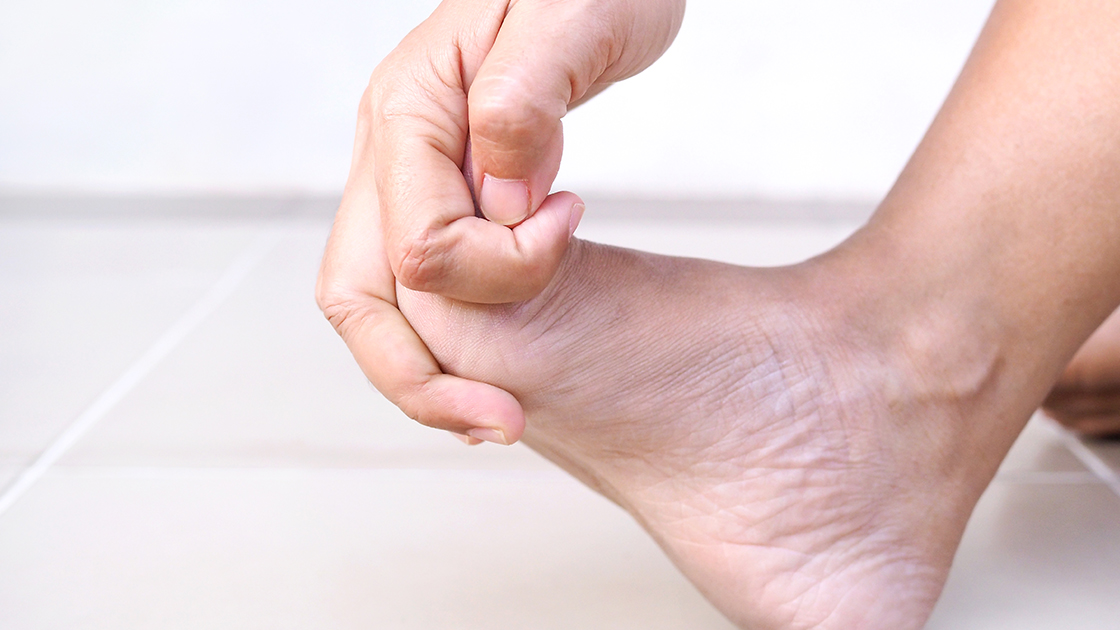Page Contents
For those who have experienced the excruciating pain of plantar fasciitis, every step can feel like a painful journey. This common foot ailment, characterized by inflammation of the plantar fascia—the thick band of tissue that connects the heel bone to the toes—can be a relentless and debilitating condition. Traditional treatments often involve a combination of rest, ice, stretching exercises, and orthotic devices, but what if there was a more advanced and targeted solution? Enter laser treatment for plantar fascitis, a cutting-edge approach that is shedding light on a new era of plantar fasciitis relief.
Plantar fasciitis is often a result of repetitive strain and overuse, leading to micro-tears in the plantar fascia. This can cause inflammation, pain, and a sharp stabbing sensation with each step. The condition is frequently experienced by athletes. It is also common in individuals with flat feet or high arches. Additionally, those who spend long hours on their feet are prone to this condition.
The Laser Advantage
Laser therapy, also known as low-level laser therapy (LLLT) or photobiomodulation, is gaining popularity as a non-invasive and drug-free solution for various musculoskeletal conditions, including plantar fasciitis. This innovative treatment involves the application of low-level lasers or light-emitting diodes (LEDs) to stimulate cellular activity and promote healing.
How Laser Therapy Works
Laser therapy works at the cellular level, enhancing cellular metabolism and promoting tissue repair. The light energy emitted by the lasers penetrates the skin and is absorbed by the mitochondria, the powerhouse of the cells. This stimulation boosts energy production, accelerates cellular repair processes, and reduces inflammation.
Benefits of Laser Therapy for Plantar Fasciitis:
- Pain Reduction: Laser therapy has been shown to effectively alleviate pain associated with plantar fasciitis by reducing inflammation and promoting the release of endorphins, the body’s natural painkillers.
- Improved Circulation: The increased blood flow induced by laser therapy helps deliver essential nutrients and oxygen to the affected area, supporting the healing process.
- Accelerated Healing: Laser therapy accelerates the production of collagen, a key component in tissue repair. This can speed up the healing of micro-tears in the plantar fascia.
- Non-Invasive and Painless: Unlike surgical interventions, laser therapy is non-invasive and painless. Patients can experience relief without the risks and recovery associated with surgery.
- Minimal Side Effects: Laser therapy generally has minimal side effects, making it a safe and well-tolerated option for individuals seeking relief from plantar fasciitis.
Conclusion
The beam of laser light penetrates the skin. It carries the promise of relief for those grappling with the persistent agony of plantar fasciitis. Laser therapy offers remarkable benefits. These include pain reduction, improved circulation, accelerated healing, and minimal side effects. These factors position it as a beacon of hope for individuals seeking an advanced and effective solution to their plantar fasciitis woes. Traditional treatments have their merits. The laser answer to plantar fasciitis, however, represents a cutting-edge approach. This approach is illuminating the path to a pain-free future for many. Technology is constantly evolving. The marriage of science and light is a promising development. It may revolutionize the way we approach and treat common musculoskeletal ailments.
